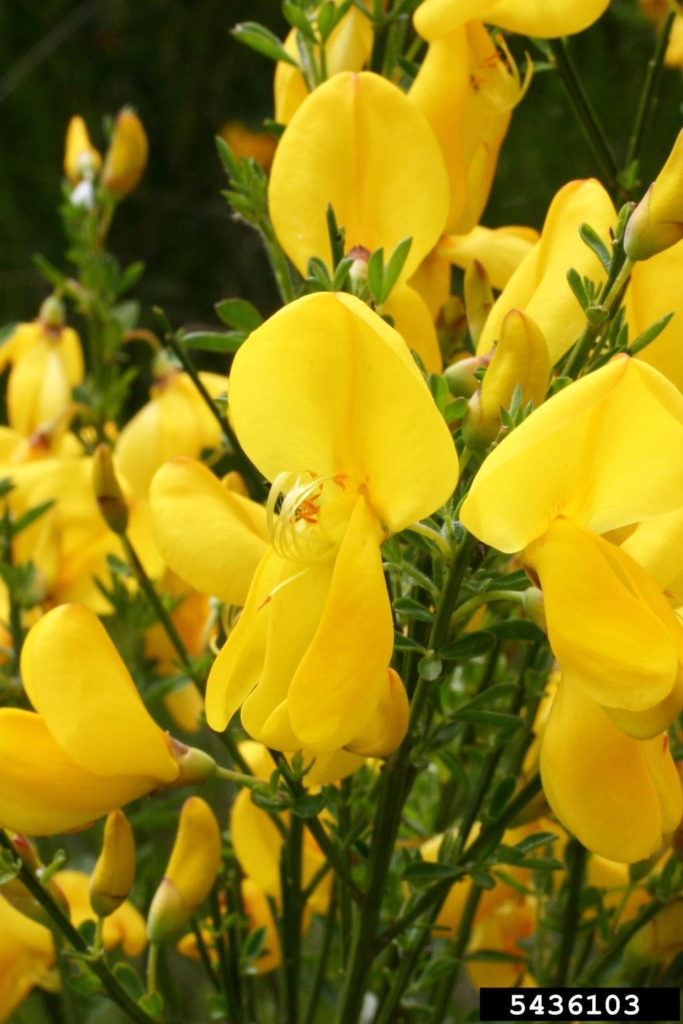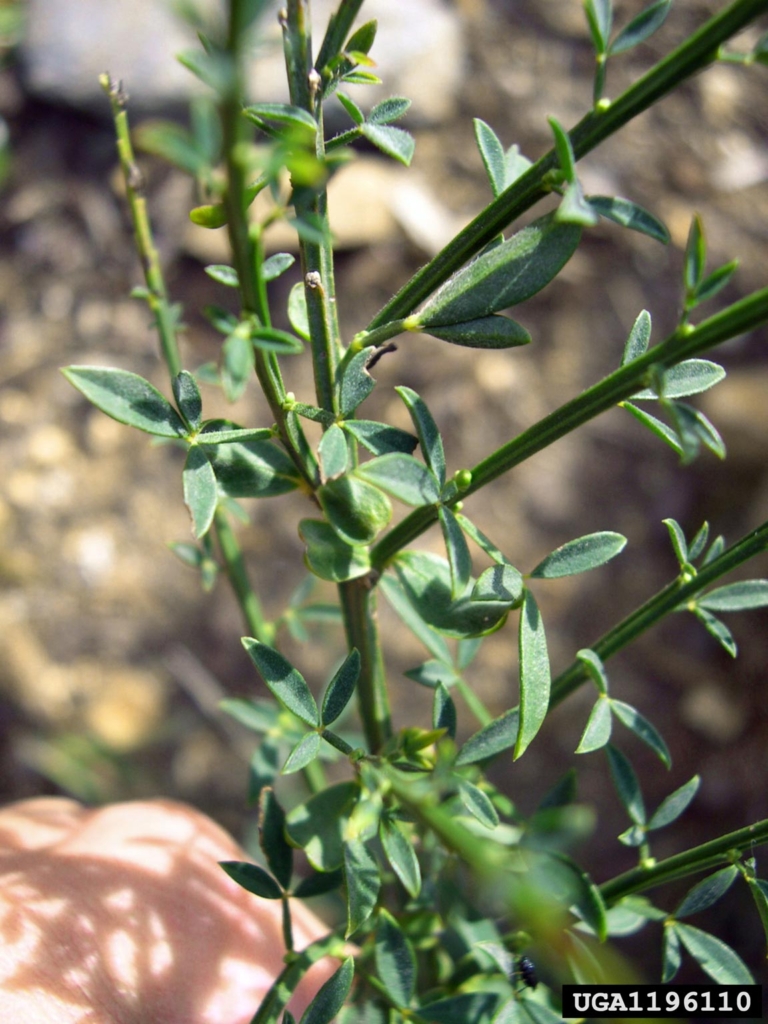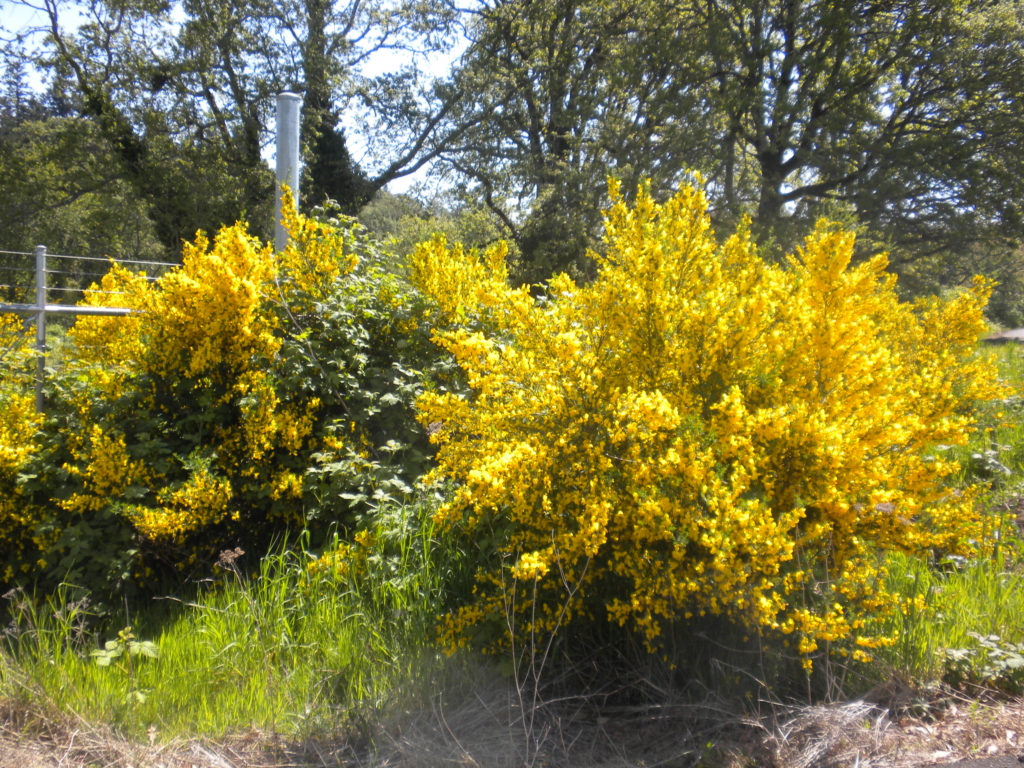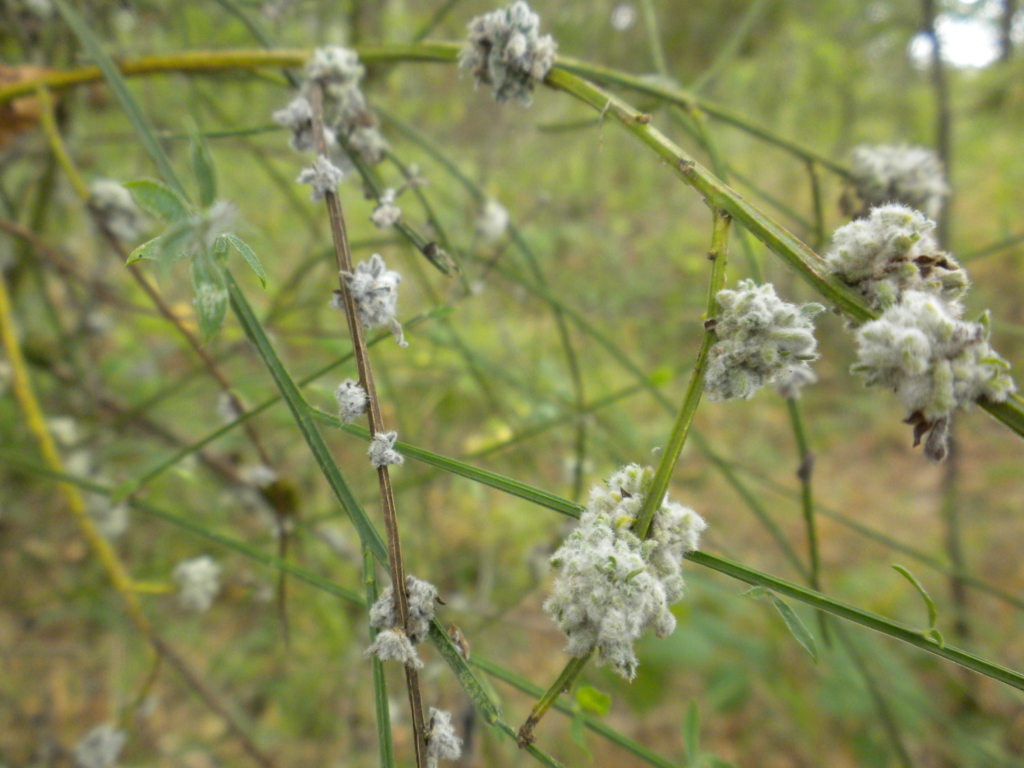Scotch Broom
Cytisus scoparius
Plant Description
A bushy shrub with green ridged branches that are hairy when young and hairless when mature. Bright yellow pea flowers. Fruit pods are flattened with hairs mostly at seams.
Plant Details
| Life Forms | |
|---|---|
| Habitats | |
| ODA Listing | |
| Soil and Moisture Conditions | |
| Suggested Actions | |
| Shade Preference | |
| Mature Height | 3-6' |
| Distribution | Found along the east and west coasts of the US. |
| Control | Small populations can be dug up or pulled when soil is moist. A weed wrench is a useful tool for wrenching Scotch broom and other woody stemmed invaders and can be borrowed from Marion SWCD. |
| Reproduction and Spread | Reproduces via seeds that can remain viable in the soil for up to 60 years. If choosing to cut down plants at ground level, plants with stem diameters under 2 inches may resprout. Also spreads via contaminated vehicles, equipment, apparel, and grazing animals that are moved from infested to uninfested pastures. |
| Introduced | Introduced from Europe in the 1800s as an ornamental and later used for erosion control. |
| Look Alikes | Other brooms and gorse. French broom blooms before Scotch broom and Spanish broom flowers late in summer when Scotch broom is nearly done flowering. Gorse has spines. |
| Impact | Hinders conifers from reestablishing, invades disturbed sites creating a monoculture. |
| More Info |
© Marion Soil and Water Conservation District. All Rights Reserved.




